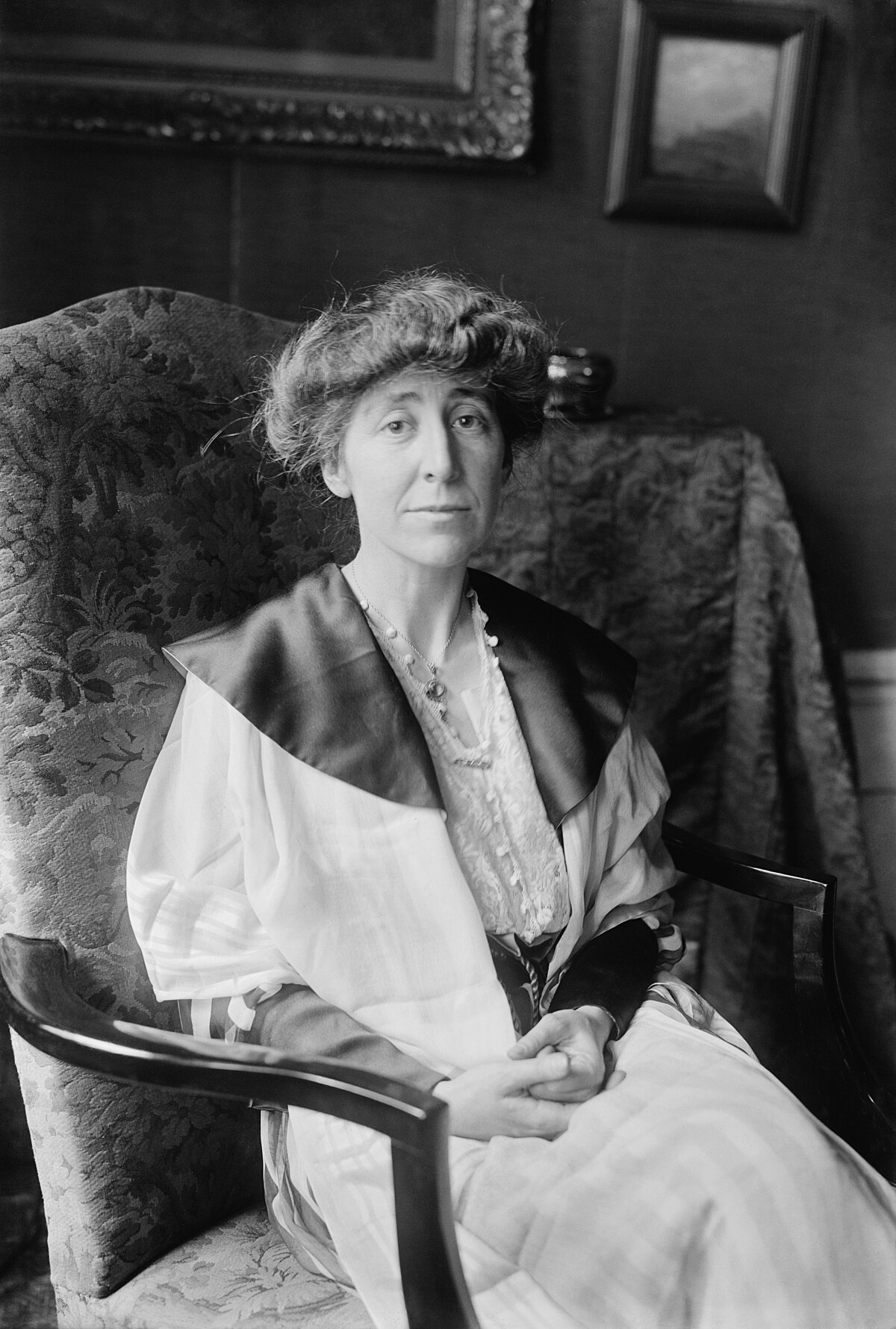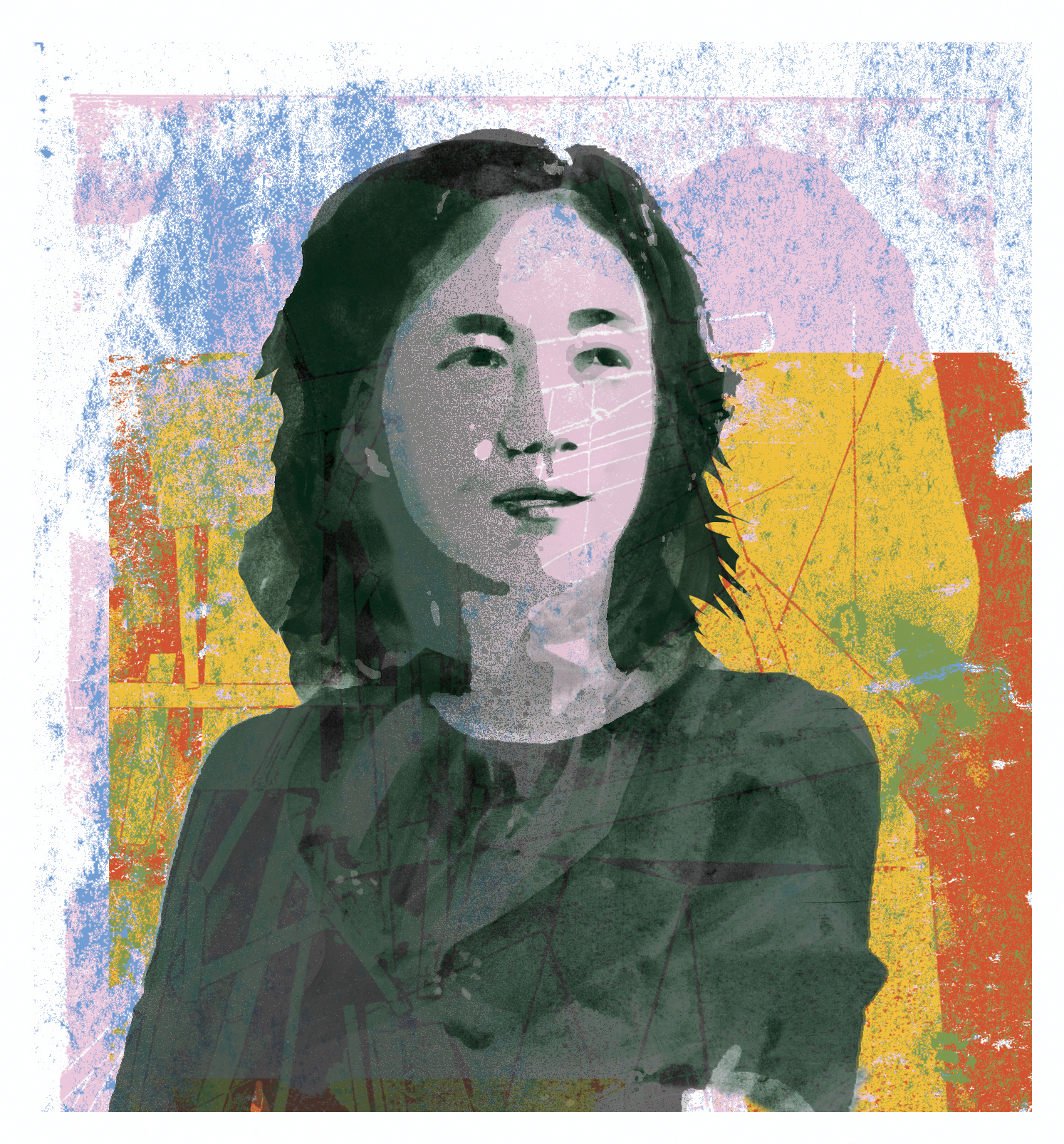
How Errol Morris Became Obsessed with — and Figured Out — the Truth of a Famous War Photograph
Errol Morris didn’t go all the way to the Crimean Peninsula just because of a sentence written by Susan Sontag. “No,” he once explained to a friend, “it was actually two sentences.” Found in Regarding the Pain of Others, Sontag’s late book-length essay on war photography, these lines deal with the fact that “many of the canonical images of early war photography turn out to have been staged, or to have had their subjects tampered with.” Take Valley of the Shadow of Death, pioneering war photographer Roger Fenton’s famously desolate 1855 image from the Crimean War. Fenton actually shot this landscape twice: in one picture, “cannonballs are thick on the ground to the left of the road, but before taking the second picture — the one that is always reproduced — he oversaw the scattering of the cannonballs on the road itself.”
Or did he? Morris had his doubts — and, as the maker of such acclaimed documentaries on the nature of truth and its representation as The Thin Blue Line and Standard Operating Procedure and the author of the book Believing is Seeing: Observations on the Mysteries of Photography — he clearly has an intellectual investment in the subject.
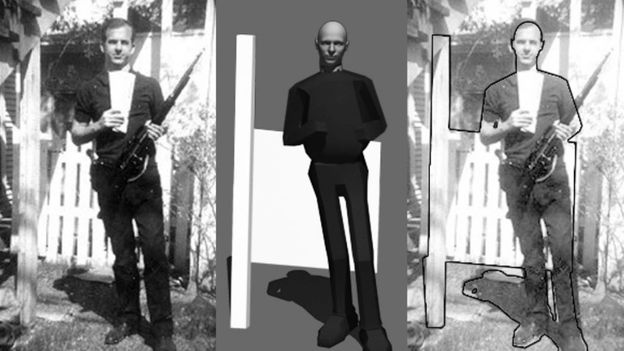
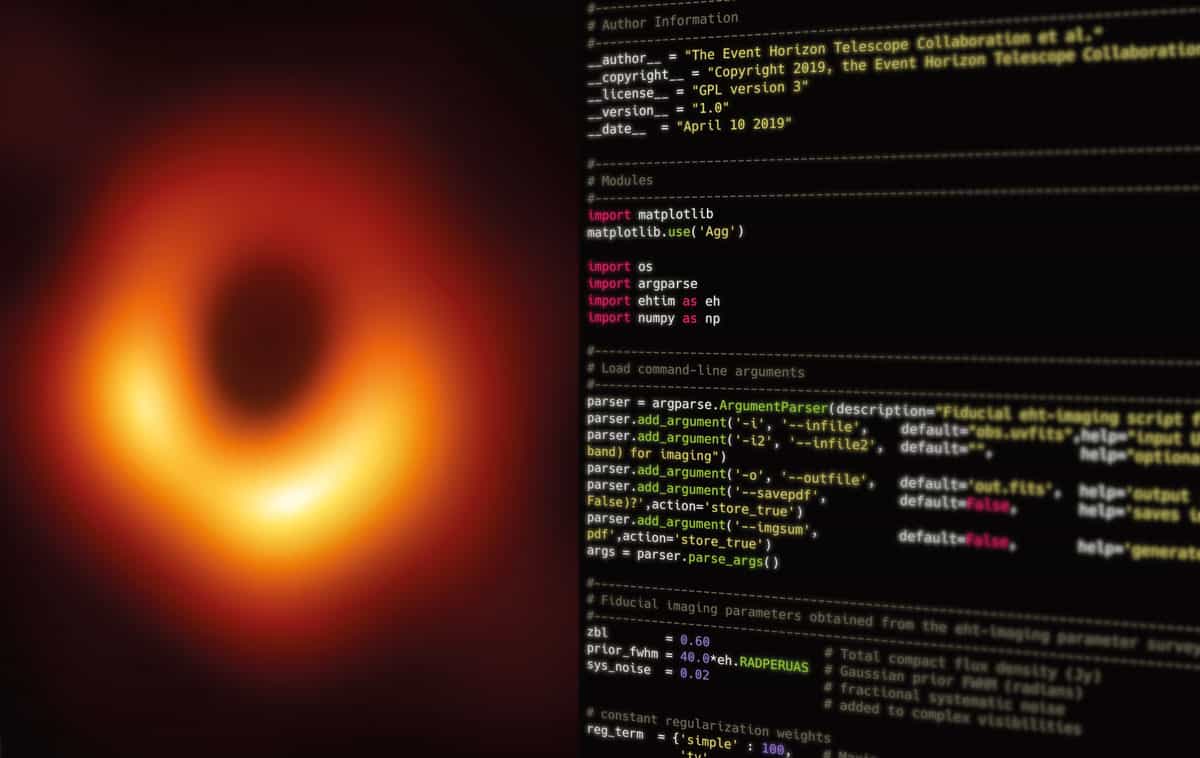





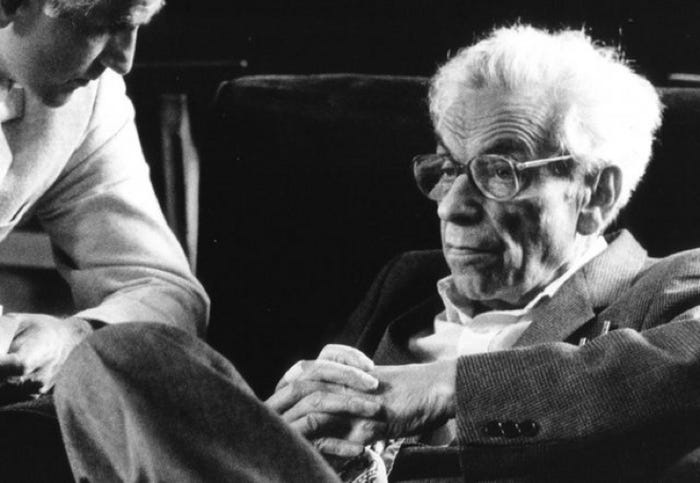


/cdn.vox-cdn.com/uploads/chorus_asset/file/25408886/post_logo.png)


